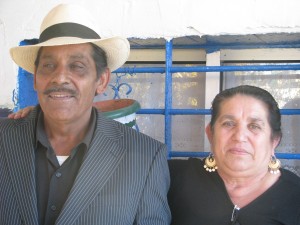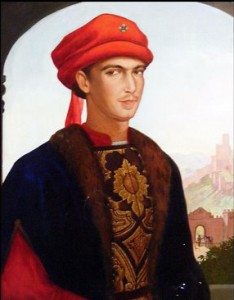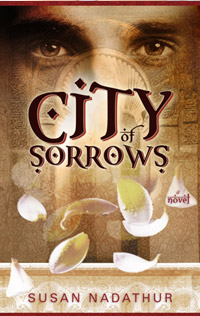 On October 30, 1996, the Andalusian Parlament declared that November 22 is to be celebrated as El Día de los Gitanos Andaluces, The Day of the Andalusian Gypsies. This day celebrates the arrival of the first group of Gypsies (Gitanos) to Andalusia and their friendly reception by Don Miguel Lucas de Iranzo, Count of Jaén, in 1462.
On October 30, 1996, the Andalusian Parlament declared that November 22 is to be celebrated as El Día de los Gitanos Andaluces, The Day of the Andalusian Gypsies. This day celebrates the arrival of the first group of Gypsies (Gitanos) to Andalusia and their friendly reception by Don Miguel Lucas de Iranzo, Count of Jaén, in 1462.
Where did this first group of Roma/Gypsies come from? History has traced the migration of the European Romani people back to the Punjab region in northern India. Why this first group left India can only be guessed at. Famine? Social discontent? Religious oppression? No proof survives. But linguists turned detectives have been able to trace the Gypsy migration by the words the wanderers picked up along the way and added to their own language.
From the Indian subcontinent the Roma moved first into Persian-speaking regions—Afghanistan and Iran. Then slowly, the wanderers dispersed throughout Europe. Records show them near Hamburg in 1417, Rome in 1422, Spain in 1425, and Paris in 1427.
On November 22, 1462, a band of about 100 men, women and children arrived in the city of Jaén in southern Spain. Don Miguel Lucas de Iranzo, then Count of Jaén, called them Egipcios, or Egyptians– believing them to have migrated from Egypt (thus leading to the evolution of the term gitano, or Gypsy).
 Don Miguel Lucas de Irazno, Count of Jaen
Don Miguel Lucas de Irazno, Count of Jaen
The travelers were received honorably and offered food and shelter. They were guests of the count and his wife for a period of fourteen days, during which time they were given the best the city had to offer. When they left, they were given clothes and silk garments for the road.Throughout the years, the Gypsy population in Andalusia has passed from favor to systemic persecution, which has brought about a great loss in their culture and language. The Gypsy influence in the poetry of García Lorca, in the music of Falla, in the paintings of Picasso, the flamenco of Camarón, all attest to the special contributions of the Gypsies to Andalusian culture. It is for the purpose of remembering this culture that the Andalusian Parlament has declared Novembrer 22 as the Day of the Andalusian Gypsy.
The purpose of this celebration is to break stereotypes, to better the understanding of all the cultures that live side by side in Andalusia, and to suppress the barriers of rejection, intolerance and marginalization against whatever social group is discriminated against in modern Spain.
In honor of El Día de los Gitanos Andaluces, City of Sorrows, my debut novel set in the enigmatic world of Gypsy Spain, is being offered at a special promotional price of 40% off the retail price on the Kindle edition and 30% off the print edition throughout the month of November. Additionally, I will donate one free copy.
To participate in this contest, go to Sunshine and Siestas and enter your name in the raffle by answering the following question: In twenty-five words or less, tell us why you think the Spanish Gypsy should be celebrated. You can earn more chances to win by following Cat and I on Twitter or liking our Facebook pages, but we’re both interested in hearing what you have to say about honoring this marginalized group. Contest begins on November 8 and ends on November 22, 2013. The winner will be notified by email and shipped either the print or Kindle version of the book.
Material for this post was translated from “Día de los Gitanos Andaluces” posted by Juan García at: http://juangarciagitano.blogspot.com
What about you? Do you think the Spanish Gypsies should be celebrated? Why or why not? (All comments will be allowed, but please be respectful in the way in which you reply)..










